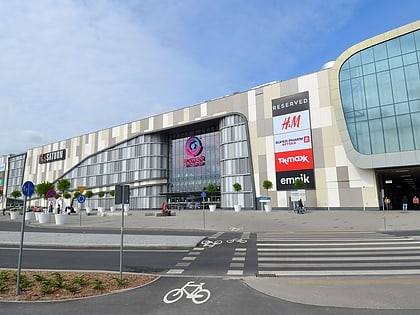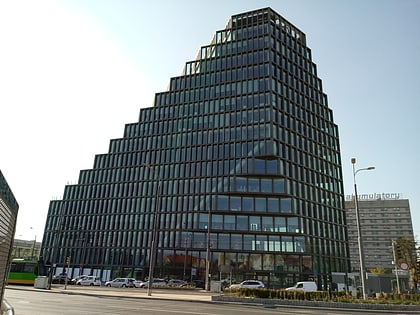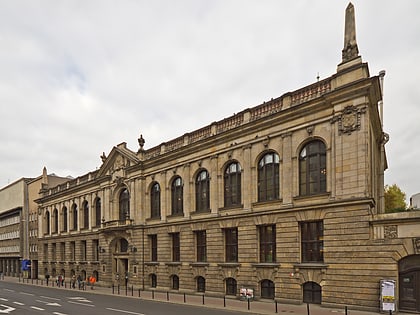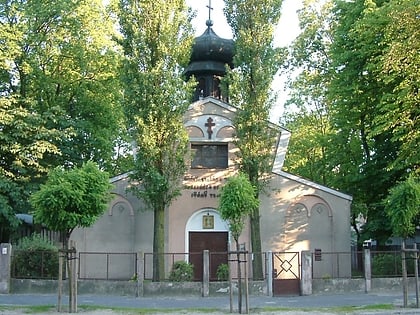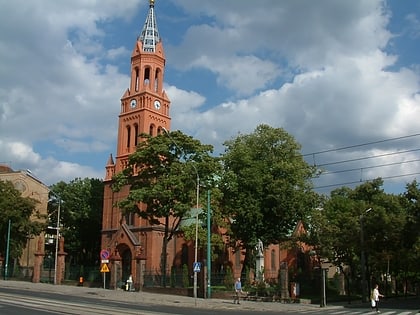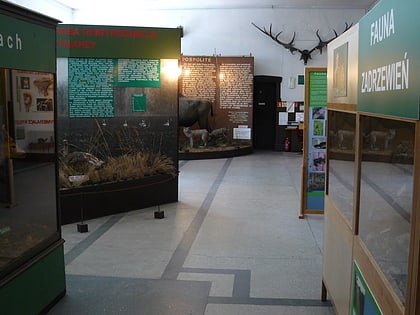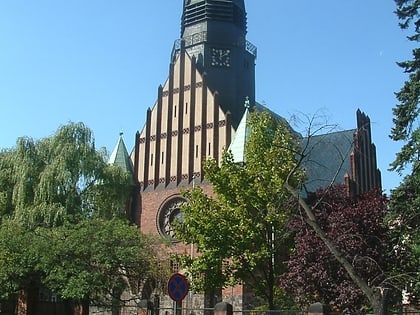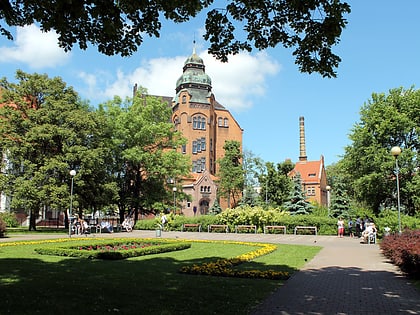Park J.T.W Wilsona, Poznań
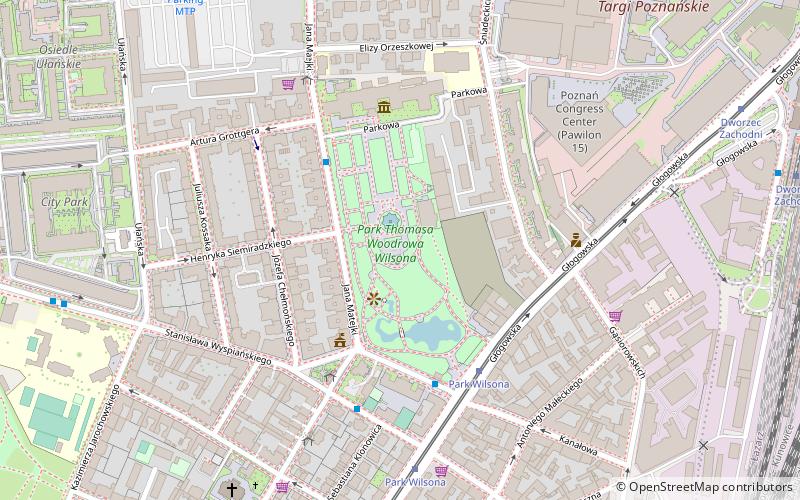
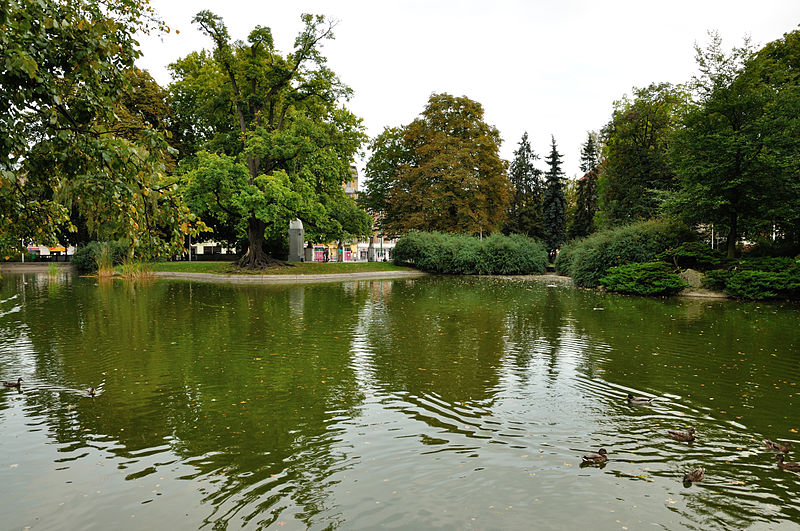
Facts and practical information
Wilson Park in Poznań - a historic park in Poznań, in Lazarus, in the area of the auxiliary unit Osiedle Św. Łazarz, until 1925 functioning as a Botanical Garden.
It occupies an area of 7.2 hectares, and its origins date back to 1834, when the area of today's park was purchased by the Society for the Beautification of the City and its Neighborhood, establishing here a tree nursery, which was planted in the city streets and squares. In 1902 the Society transferred the nursery to the city and made it available to the public. The first botanical garden in Poznan was created here. In 1910 a palm house was built in the park. After the war, in 1926, the park received as its patron U.S. President Thomas Woodrow Wilson, who, under the influence of Ignacy Jan Paderewski, contributed to Poland regaining its independence in 1919. At the end of June 1927 a committee was formed to build a planetarium, which was to be located at the edge of the park, at the intersection of Orzeszkowa and Śniadeckich Streets. In 1928 the park was incorporated into the grounds of PeWuKa; a park fountain was built at that time. On July 4, 1931, a monument of the president was erected here, funded by Ignacy Jan Paderewski and unveiled by the president's widow, president of Poland Ignacy Moscicki, and president of Poznan Cyryl Ratajski. The author of the sculpture was Gutzon Borglum - the author of George Washington's face carved in the slope of Rushmore Mountain. The monument was destroyed by Germans.
On 4 March 1945, a few days after the end of the battle for Poznań, the first public musical concert in the city after World War II was held in the park .
After the war, in 1951 the park was renamed to Marcin Kasprzak Park, and in 1963 a monument to the revolutionary was erected in place of the Wilson monument. In 1990 the park returned to its pre-war name, and in 1994 the figure of Marcin Kasprzak was replaced by a bust of President Wilson sculpted by Zofia Trzcińska-Kamińska. The activist's monument was placed in Czołów, a village between Kórnik and Rogalin, where Marcin Kasprzak was born. In the Park there is also a brick concert shell from 1936 and a sculpture of Perseus and Andromeda cast in 1891 according to the design of J. Pfhul. It was a gift to the city from Empress Victoria on the occasion of her visit to Poznan in 1888. The sculpture was then an element of the fountain unveiled on 9 April 1891 in the Royal Square, now Cyryl Ratajski Square, and was moved to Wilson Park in 1956. The park underwent revitalization in 1993 and 1994, restoring, among others, the fence and sculptures from the entrance gate from before 1929, designed by Edward Haupt. There are two natural monuments in the park: a plane tree with the trunk circumference of 410 cm and a willow with the circumference of 430 cm.
The park is listed on the National Register of Historic Places and is locked at night.
Grunwald (Święty Łazarz)Poznań
Park J.T.W Wilsona – popular in the area (distance from the attraction)
Nearby attractions include: Poznań Philharmonic, Old Zoo, Avenida, Evangelical-Augsburg Chapel.
Frequently Asked Questions (FAQ)
Which popular attractions are close to Park J.T.W Wilsona?
How to get to Park J.T.W Wilsona by public transport?
Tram
- Park Wilsona • Lines: , 11, 14, 5, 8 (6 min walk)
- Dworzec Zachodni • Lines: , 11, 12, 14, 201, 202, 5, 8 (9 min walk)
Bus
- Park Wilsona • Lines: 145, 214, 224 (4 min walk)
- Palmiarnia • Lines: 164, 214, 224 (4 min walk)
Train
- Poznań Main Station (12 min walk)
Light rail
- Poznań Główny • Lines: Pkm2, Pkm3, Pkm4 (12 min walk)



